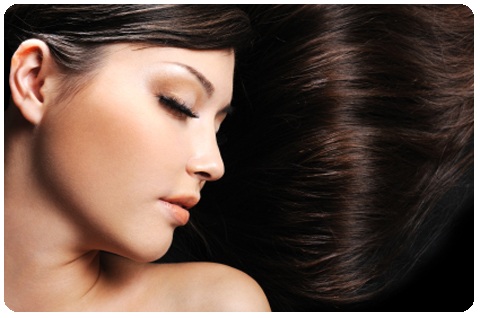
Shampooing the Oily Scalp and Hair
Do not massage your scalp while you are shampooing your hair. It activates the oil glands and causes them to begin producing oil. If you wish to massage your oily scalp it should be done only while using special care products. It is better to shampoo in the morning. While you sleep your hair is constantly touching your pillow and this places a little pressure on your scalp. This pressure may cause the oil glands found therein to produce oil.
Water temperature is very important for hair maintenance. The temperature of the water used should not be above either 98.6 degrees Fahrenheit or 36 degrees Celsius. The water should feel cool to the touch but comfortable. Hot water irritates receptor cells and furthers oil glands to work more intensively. During initial shampooing sessions don’t touch or massage your scalp. This may lead to worm dust, fug, and styling product residue remaining on the skin.
An oily scalp is usually a sore scalp. It can have sores, discolored spots, and itch on the surface. This is why it is important to clean the skin properly. Do not traumatize it. During the second shampooing session it is ok to do a light cleaning massage to the scalp in order to wash out excess oils and dust from the skin, letting it “breathe”.
After shampooing, it is recommended that you use hair care products designed for an oily scalp. After you apply it to your scalp vigorously massage it in with your fingers. Start from the outside and work toward the center of head to help the product soak into the hair and scalp. This kind of massage is recommended for oily scalp conditions because it improves blood flow and provides the roots with vital nutrition. This type of massage should be performed from 3 to 20 minutes, starting with intensive movements from the outside before working toward the center of the head. Finish with light calming movements. Be sure not to rub your skin, dig deep and press against your skull. Finish the massage with light finger pats once again starting outside then moving inward to the center of the head.

